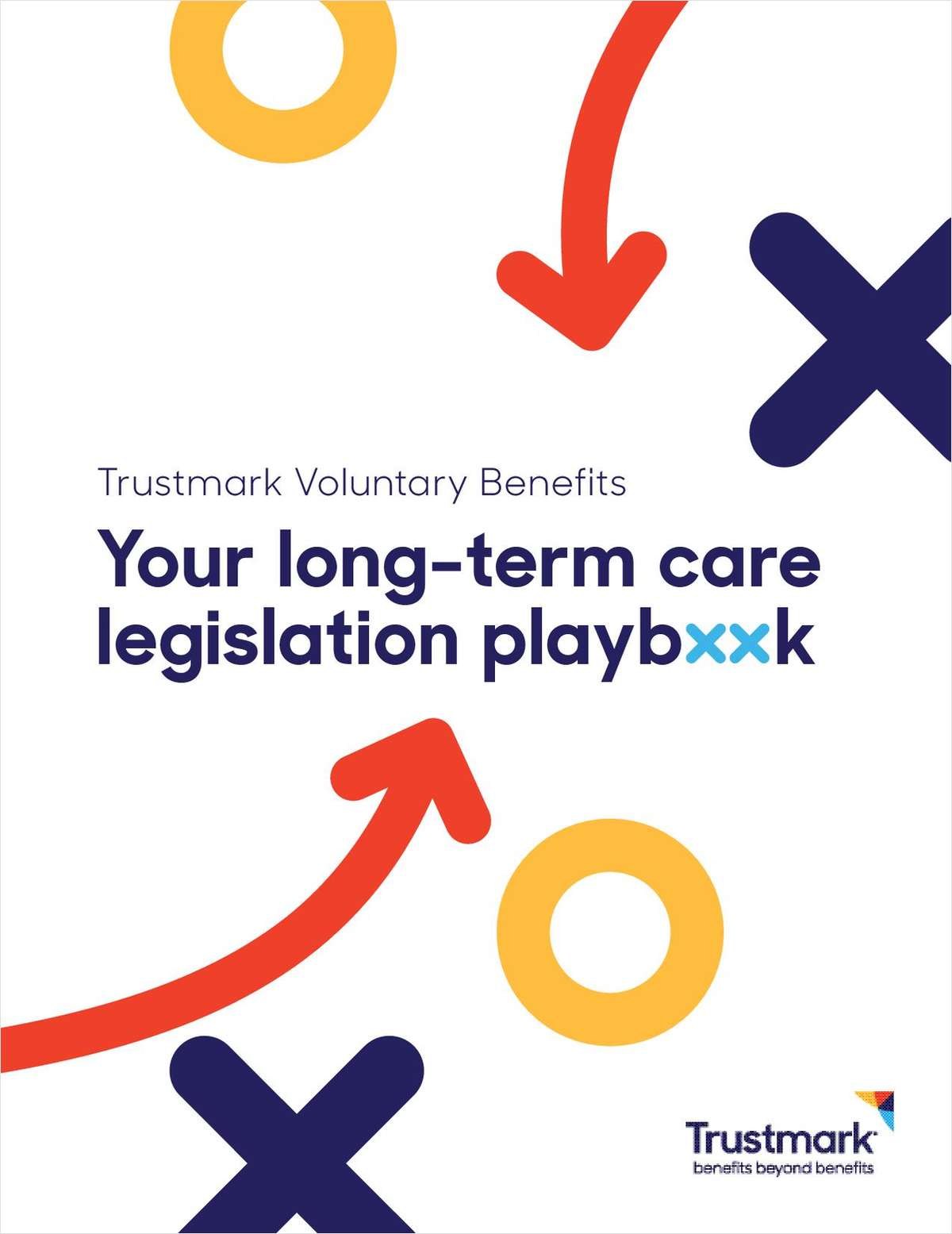Before retirement plan provisions of the Economic Growth and Tax Relief Reconciliation Act (EGTRRA) took effect on Dec. 31, 2001, the choice between money purchase and profit-sharing plans was fairly clear.
Money purchase plans allowed employers to deduct up to 25% of the aggregate taxable compensation of employees covered by the plan, provided employers agreed to make required annual contributions for all eligible employees. Profit-sharing plans allowed more flexibility in employer contributions. In any given year, employer contributions could drop as low as zero, but the maximum deduction was limited to 15% of aggregate taxable compensation.
This made money purchase plans preferable in many companies with steady year-to-year profits and a desire to set aside as much money as possible for owners and other highly compensated employees (HCEs). On the other hand, profit-sharing plans were favored by companies that wanted more flexibility in year-to-year funding.
Complete your profile to continue reading and get FREE access to BenefitsPRO, part of your ALM digital membership.
Your access to unlimited BenefitsPRO content isn’t changing.
Once you are an ALM digital member, you’ll receive:
- Critical BenefitsPRO information including cutting edge post-reform success strategies, access to educational webcasts and videos, resources from industry leaders, and informative Newsletters.
- Exclusive discounts on ALM, BenefitsPRO magazine and BenefitsPRO.com events
- Access to other award-winning ALM websites including ThinkAdvisor.com and Law.com
Already have an account? Sign In
© 2024 ALM Global, LLC, All Rights Reserved. Request academic re-use from www.copyright.com. All other uses, submit a request to [email protected]. For more information visit Asset & Logo Licensing.








